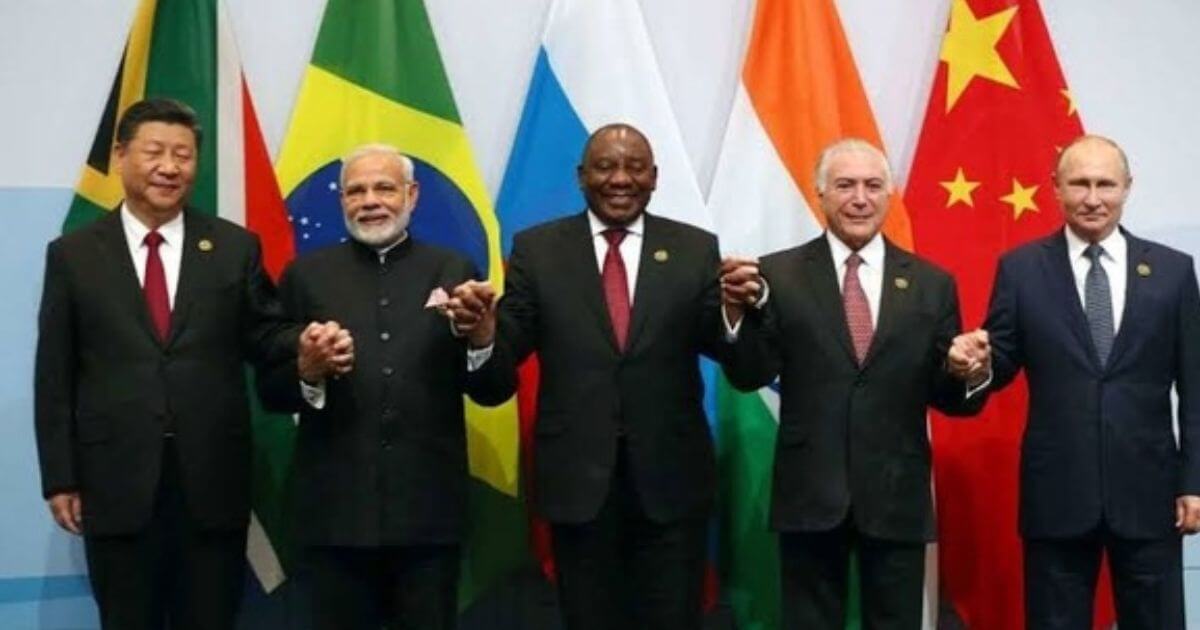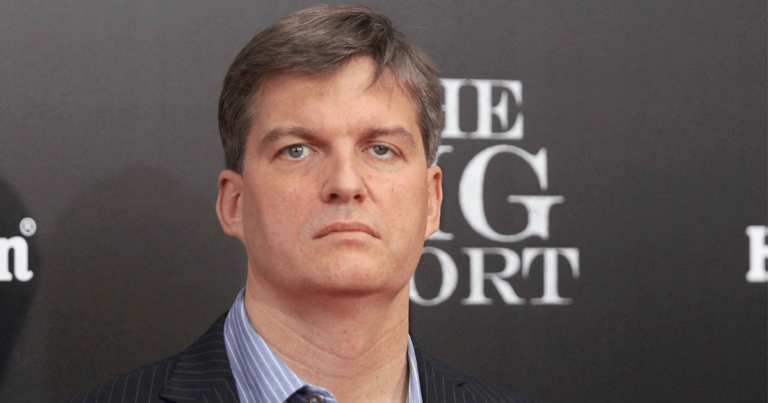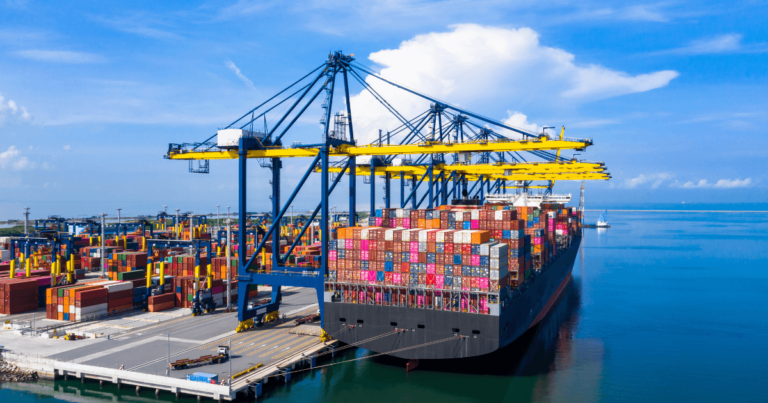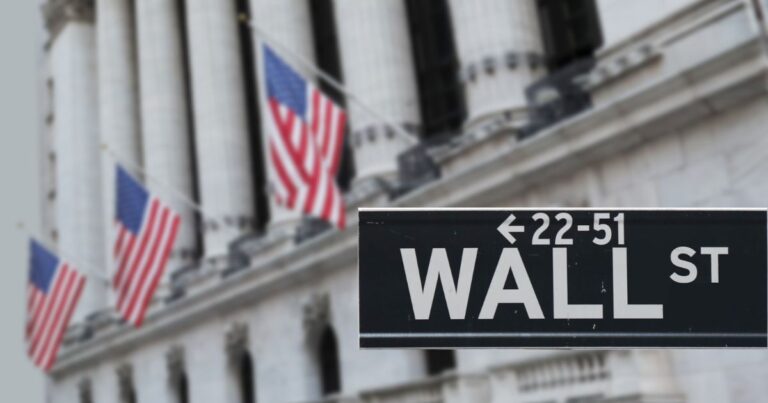Currency Showdown: Can BRICS Shake Up the U.S. Dollar’s Reign
In a recent rendezvous in Johannesburg, Brazil’s President threw a curveball. He pitched for a collective BRICS trade currency to minimize the dollar’s whimsy dance on their economies. Yep, that’s Luiz Inacio Lula da Silva for you, always mixing it up.
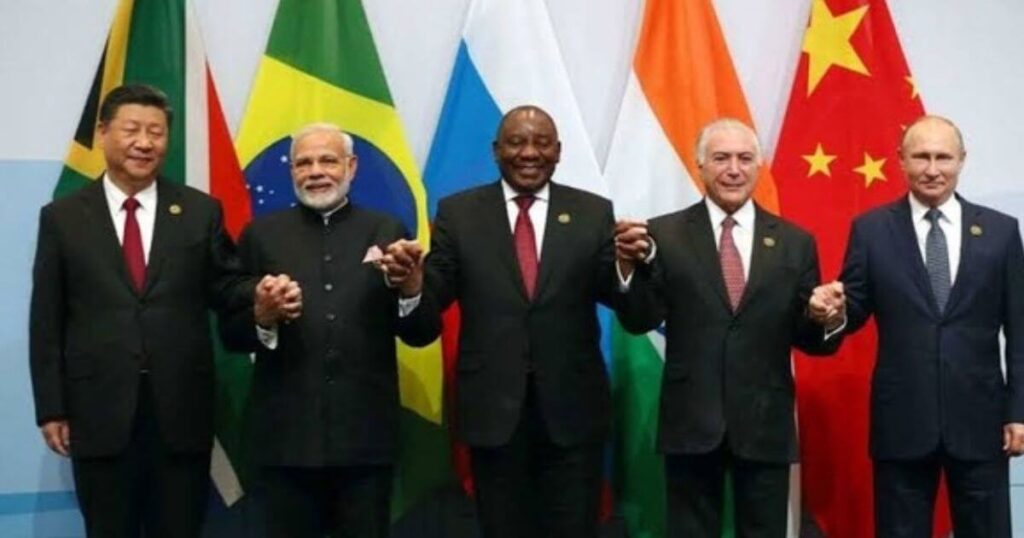
Now, why’s Lula batting for this? Simple. If you’re not trading in dollars, why be accountable to them? He’s sung the same tune for South America’s Mercosur bloc, envisioning a common currency. In Lula’s words, diversified payment gateways and a shield from unexpected economic tremors are at the heart of this.
But Wait, What’s the BRICS Verdict?
South Africa noted that the summit’s agenda didn’t quite feature a BRICS currency. India’s stance? Let’s say they’re on the fence. While the foreign minister shrugged off the currency idea, the nation did hint at ramping up trade in their bucks.
And Russia? Well, by joining via video call, Putin championed the cause of trading in local currencies. Meanwhile, China played it close to the vest, with President Xi Jinping stirring talks around global financial reshuffling.
Hurdles Ahead for the BRICS Currency
Here’s the thing—dreaming of a BRICS currency isn’t just about printing fancy notes. It’s political. To quote Lesetja Kganyago, South Africa’s central bank head honcho, “It’s like assembling a financial Voltron! Banking, fiscal unions, economic harmony, and even a shared central bank. And who gets dibs on its location?” Also, let’s not forget that most BRICS nations primarily trade with China and not so much among themselves.
The Dollar’s Stance: Still the Cool Kid on the Block?
Sure, BRICS leaders have flirted with using their currencies over the mighty dollar. Especially after its rise last year, owing to the Fed’s moves and global events like Russia’s Ukraine escapade. This sent ripples across, making dollar debts pricier. Russia’s momentary step-back from global finances stirred whispers of a dollar step-down.
Yet, let’s spill some tea. Despite its highs and lows, the dollar remains the global trade bigwig. About 90% of worldwide forex dealings have the dollar strutting its stuff. Any real shift would require a colossal global collective nod, changing how traders, lenders, and borrowers play the game.

